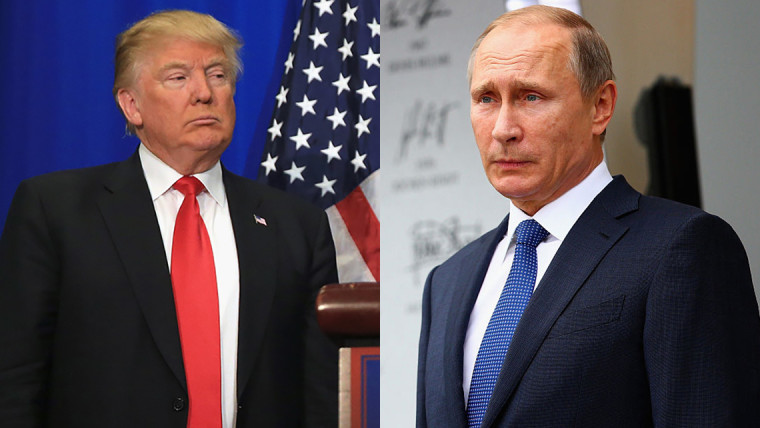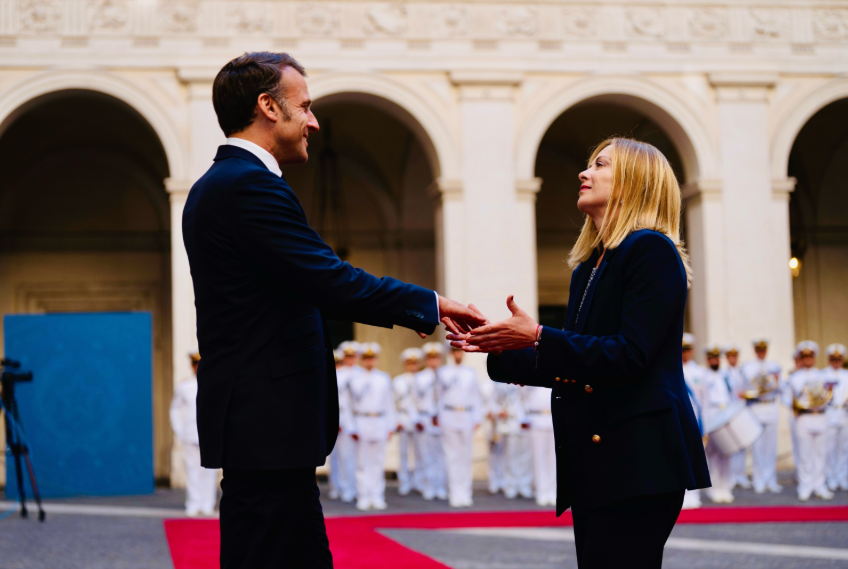[ad_1]
| NEW YORK
NEW YORK Around thirty three-dimensional portraits of Chelsea Manning, created using the DNA of the transgender U.S. Army soldier imprisoned for leaking classified data, will greet visitors at eye-level at an exhibition opening in New York City next month.
Artist Heather Dewey-Hagborg based the portraits on a range of possible facial variations generated by software that analyzed DNA samples sent her by the former intelligence analyst when she was behind bars.
Manning, 29, was released in May from a U.S. military prison in Kansas where she had been serving time for passing secrets to the WikiLeaks website in the biggest breach of classified data in the history of the United States.
Other than one mugshot, photos of Manning were prohibited while she was in custody.
The exhibition by Dewey-Hagborg and Manning at the Fridman Gallery in Manhattan shows portraits of her with different color eyes or skin tone. Manning seems more masculine in some of the depictions, and in others more feminine in the show titled “A Becoming Resemblance.”
“I’m hoping people will walk in and see a portrait that resonates with them and feel kind of that connection with her,” Dewey-Hagborg said at the gallery, where the exhibit opens on Aug. 2. “We are all Chelsea Manning and we all stand there with her.”
Dewey-Hagborg, who has previously created art pieces produced using DNA samples, worked with Manning for more than two years on the project. It began when a magazine contacted the artist to ask whether she could create an image to accompany a feature profile of Manning.
Dewey-Hagborg said she found the former soldier to be optimistic and “incredibly brave” during all of their interactions.
Manning said she trusted the artist and gave her free reign to produce the images, according to Dewey-Hagborg, asking only that the artist did not make her appear too masculine.
“Prisons try very hard to make us inhuman and unreal by denying our image, and thus our existence, to the rest of the world.” Manning said in a statement on the gallery’s website.
Dewey-Hagborg said the exhibition was meant to show that DNA does not necessarily tell you what gender a person is. She also hoped that showing 30 different DNA-generated versions of Manning’s face drew attention to the fact DNA-based imaging is not completely accurate.
“It’s growing and developing but it’s not ready for that kind of use yet,” Dewey-Hagborg said of the imaging technology.
(Reporting by Taylor Harris; Editing by Daniel Wallis and Andrew Hay)
[ad_2]
Source link






Leave a Reply